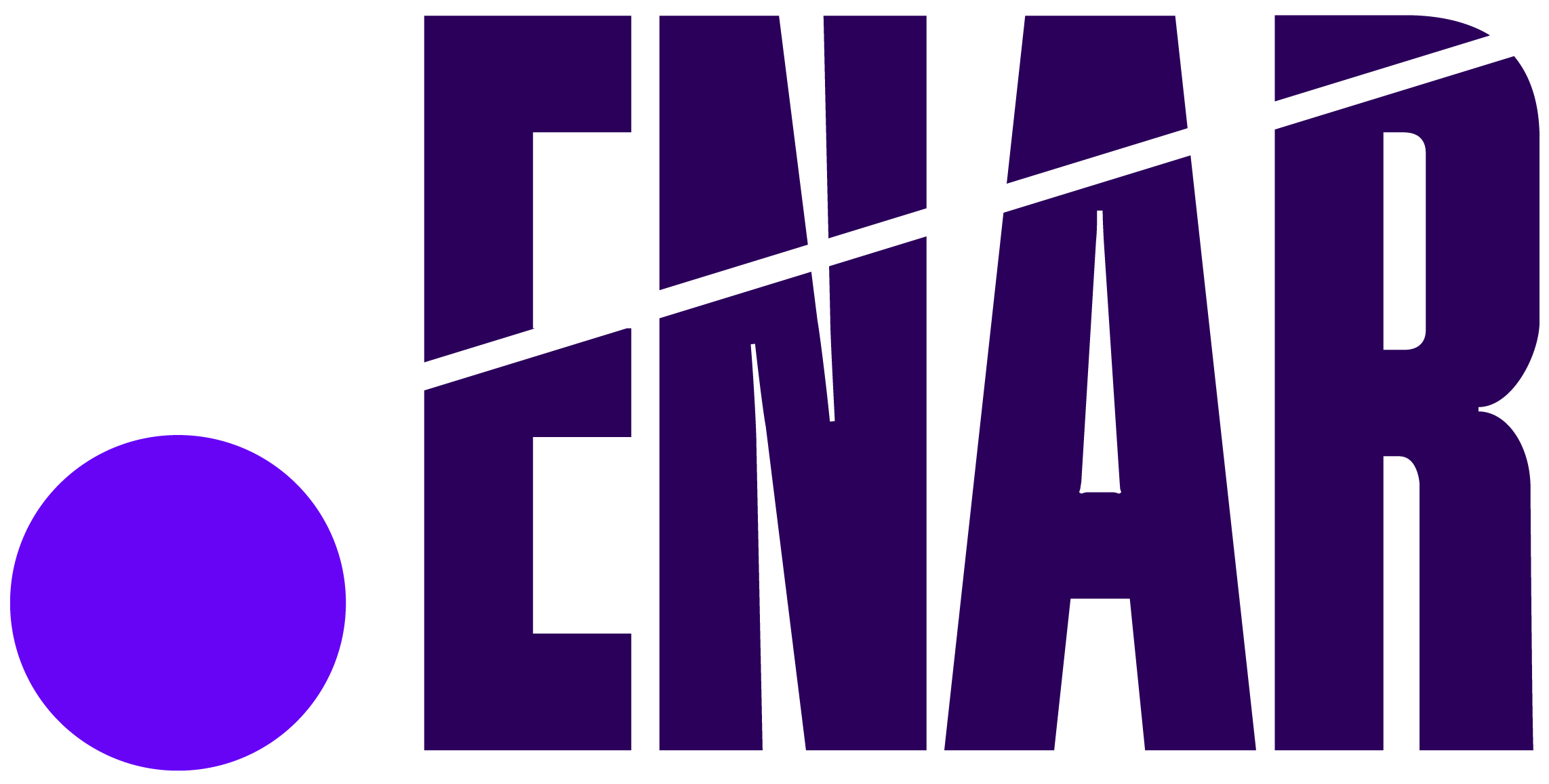
Key recommendations on race and the EU 2020 gender equality strategy
ENAR puts forward some key recommendations for the European Commission to take into account in the upcoming EU Gender Equality Strategy, to ensure that an intersectional approach is at the core of this strategy.
The recommendations include:
1. Address the legal gaps created by a single-axis approach to discrimination and inequality in EU frameworks. In particular, EU institutions and Member States must ensure protection from discrimination for women at the intersection with other grounds, including racial, ethnic and religious minority women, but also women who are undocumented,
2. EU institutions and Member States must gather information of intersectional discrimination and inequality. This includes the collection of robust equality data, disaggregated by race and gender. Such information is necessary to understand (a) the prevalence of cases of discrimination on intersectional grounds and (b) the relative social and economic position (employment rates, education levels, access to housing and healthcare) for groups at the intersections.
3. EU institutions must ensure equal treatment in all areas of public life for all women, including women of colour, migrant women and ethnic and religious minorities. European Institutions may reinforce this by condemning human rights abuses and cases of discrimination when perpetrated by EU member states.
4. EU institutions and Member states should develop positive equality measures to address structural inequalities, including for minority women. This includes support for strategic litigation in cases of discrimination, broad action plans and strategies (gender equality strategies and national action plans against racism), and also positive action in specific areas, for example diversity policies and targets for women and ethnic minorities in leadership.
5. The EU institutions and Member States should set up strong and permanent consultative mechanisms that engage with a wide diversity of groups, including the ones that represent the most marginalised and at the intersections of different grounds of discrimination.
6. The EU institutions and Member States should support the development and delivery of trainings on the practical implementations of intersectionality in legal expert networks and for the judiciary, particularly on the specific situation of women from ethnic and religious minority backgrounds.



